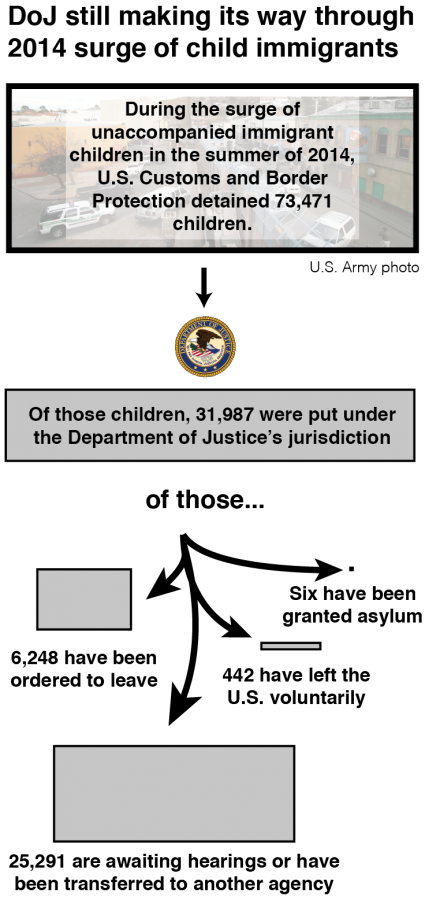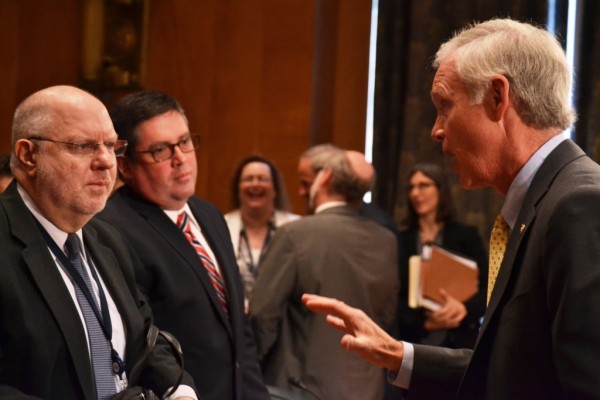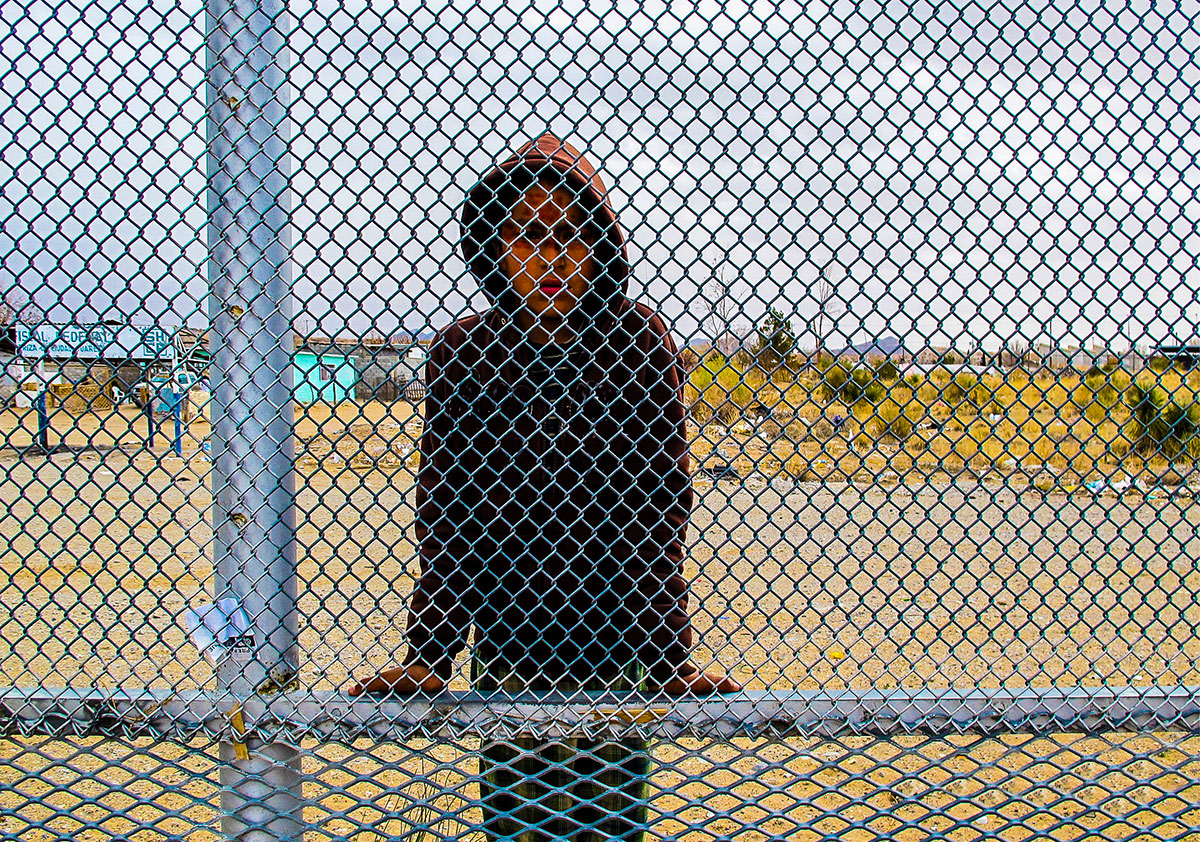By Jonathan A. Capriel– SHFWire.com
WASHINGTON — The number of unaccompanied child immigrants arriving at the U.S.-Mexican border has dropped dramatically since last year’s humanitarian crisis levels.
But senators were still arguing what caused the surge Tuesday during a Homeland Security and Governmental Affairs committee hearing.
Meanwhile, many of those unaccompanied minors still do not know if they will be deported or allowed to stay in the United States. A year later, tens of thousands are still navigating a maze of government agencies in hopes of receiving asylum.
About 22,000 children still await their day in immigration court, Juan Osuna, director of Executive Office of Immigration Review for the Department of Justice, said.
These children were added to a priority list and DOJ is hiring more judges to deal with the cases, Osuna said.
“With the 18 immigration judges we added a few weeks ago, there are now 247 judges around the country and dozens more are in the hiring process,” Osuna said.
But even with the increased staff, processing the children is moving slowly. Of the nearly 58,000 who applied for the Unaccompanied Children Program, DOJ has processed fewer than 11,000 — about 6,000 of those were ordered to return to their home countries and six were given asylum.
Thousands are appealing their decisions for deportation or are seeking some other form of deportation relief with different government departments.
But these children are only the tip of the iceberg.
 As of May, more than 448,000 immigrants were waiting to be seen in immigration review court, Osuna said. This backlog was caused by budget cuts during the last five years and from the 2014 spike in immigrants, he said.
As of May, more than 448,000 immigrants were waiting to be seen in immigration review court, Osuna said. This backlog was caused by budget cuts during the last five years and from the 2014 spike in immigrants, he said.
“From last summer’s surge alone, the courts received more than 80,000 cases,” Osuna said.
Far fewer unaccompanied children are crossing into the United States this year. As of May, Customs and Border Patrol caught fewer than 23,000 migrant children — a fraction of the nearly 75,000 captured in 2014.
Sen. Ron Johnson, R-Wis., blamed the crisis on Obama administration policies, specifically the 2012Deferred Action for Childhood Arrivals.
“It’s quite clear that that unilateral executive action was the primary cause for that surge. The message that sent into Central America is that if you get into America your pretty well home free,” Johnson said.
DACA allowed young immigrants who met certain criteria to apply for exemption from deportation and a two-year work permit. Johnson said it was the major event in 2012 that caused for a spike in migrants from Central American countries.
However, Sen. Gary Peters, D-Mich., argued that the surge began before DACA. He cited a Cato Institute report that said the immigration spike predated DACA.

Sen. Ron Johnson, R-Wis., right, speaks to Mark Greenberg, acting assistant a secretary for the Administration for Children and Families, U.S. Department of Health and Human Services, left, and Philip Miller, assistant director of Field Operations for U.S. Immigration and Customs Enforcement, after a hearing Tuesday. SHFWire photo by Jonathan A Capriel.
In February, a Government Accountability Office report said violent crime and economic conditions were the primary cause for the increased number of Central American children showing up at the U.S.-Mexican border.
Johnson also criticized Immigration and Customs Enforcement for deporting a low percentage of children.
Since 2012, ICE has deported 7,013 unaccompanied children to Central American countries.
However, Philip Miller, ICE assistant director of Field Operations, Enforcement and Removal, said he uses his limited resources to go after criminals first.
Johnson said if ICE deported more children, it would discourage others in Central America from making the trip.
“We need to disincentivize children from making the dangerous journey,” Johnson said. “I think that’s compassion.”
Reach Jonathan A Capriel at jonathan.capriel@scripps.com or 202-408-1489. This story was previously published on SHFWire.com. It is republished here under their guidelines.


